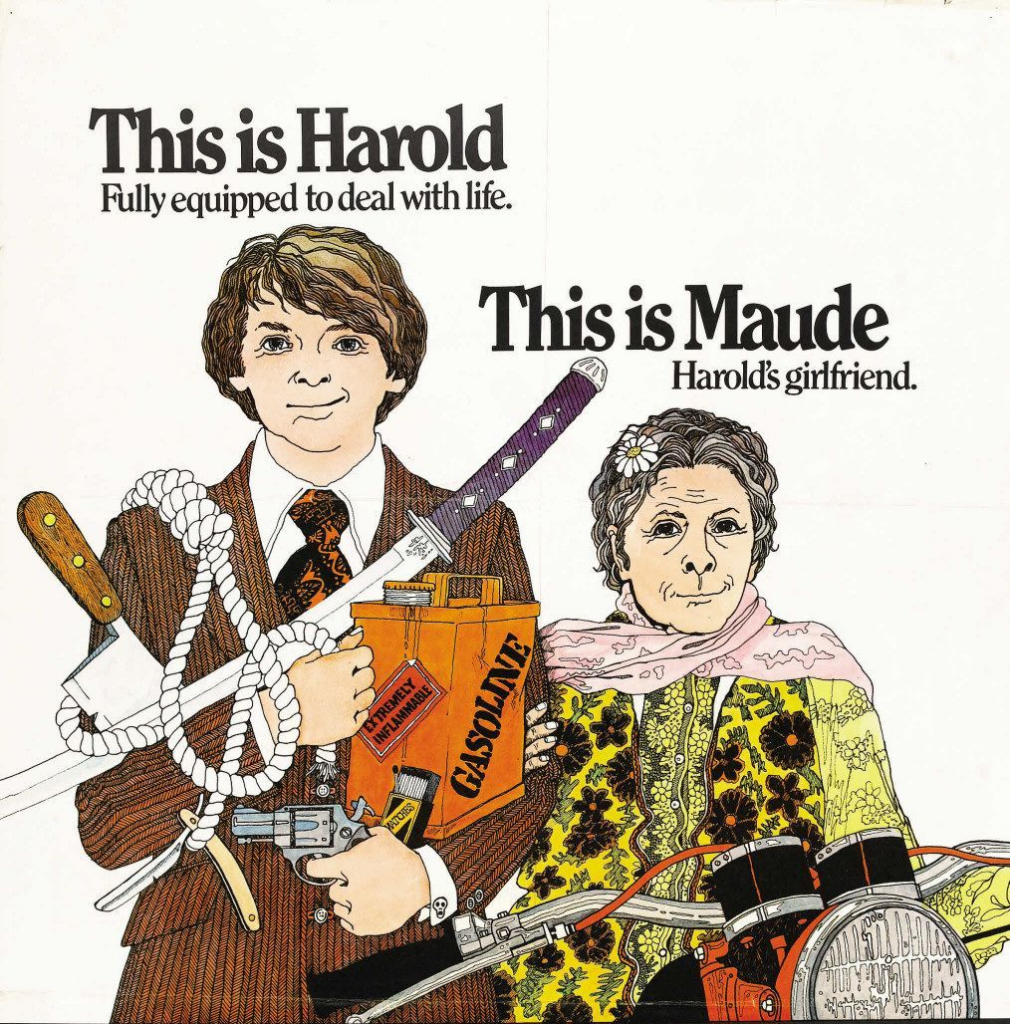I first trod this hallowed, squirrel-occupied ground at the tail end of the summer of 2020 (no pun intended) as an anxious and overwhelmed first-year. The weather was hot, and the air was ripe with the threat of COVID. The very first English class I took at the College of Wooster was called “Is a Picture Worth a Thousand Words?” Although it was a 200-level class that felt very challenging to me at the time, it was one of the most rewarding classes I have ever taken. It changed my whole approach when it came to combining creativity with analytical writing and made me a much more confident writer, as well as a more confident person.
Fast forward two years. This semester, for me, has been another one that has changed my whole outlook when it comes to being an English major, and a college student in general. Before I returned to college to embark on the arduous journey that is my junior year, I lived a relatively isolated existence. This all changed when I moved into my first single room on campus. I know what you’re thinking—how can you become less isolated if you’re living in a single room? I have a simple answer: living alone has made me more comfortable with and confident in myself. This is the semester where I finally grew brave enough to venture out into the world after two years of anxiety holding me back. I’ve made really awesome friends (some of whom are sitting by me as I type this) and had really great experiences. Oh, and not to mention, I’ve become a more fearless writer. I would have never written a blog post like this before this year, where I open up about myself and what’s affected my writing. I liked to keep my feelings closed off, unless I could turn them into some sort of cleverly crafted, oblique metaphor. Now, I’m learning to be open, and I hope that that growing willingness to incorporate my personality and feelings into my work will come through in my final essay.



